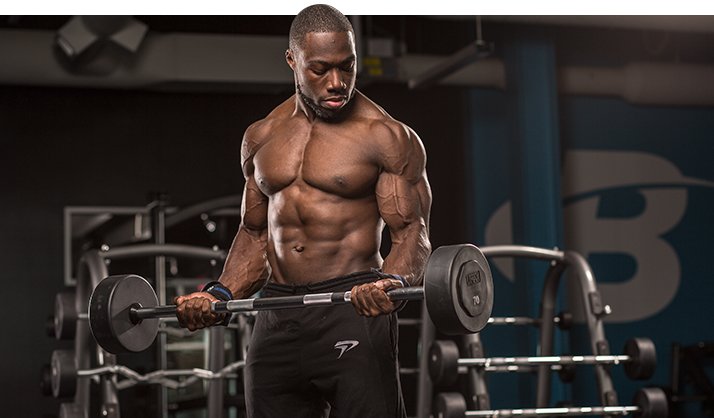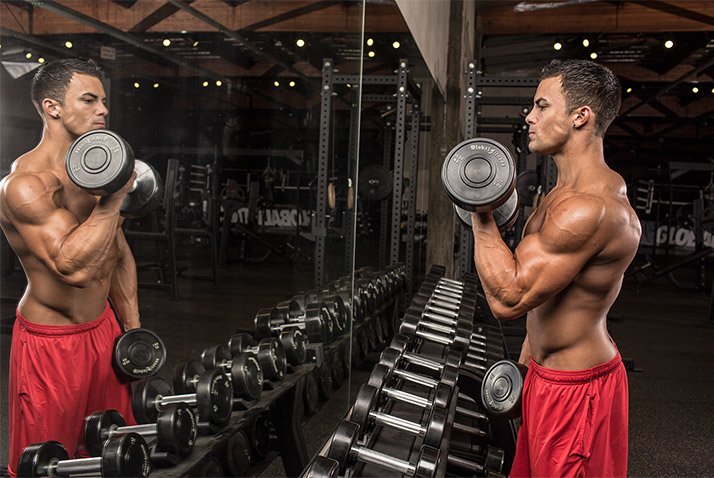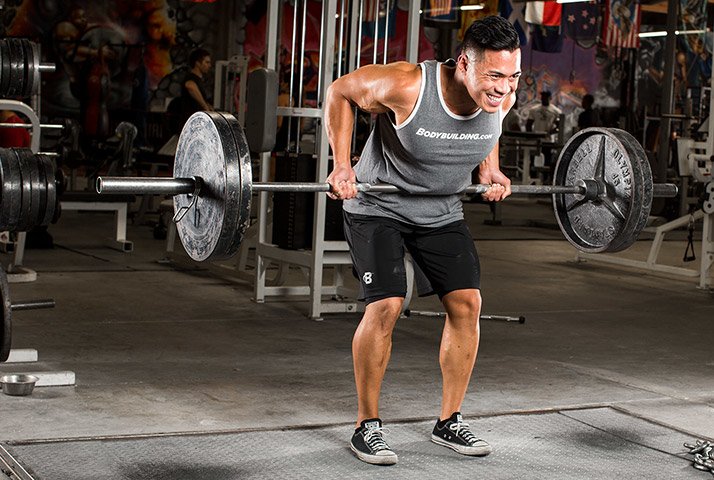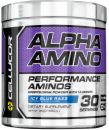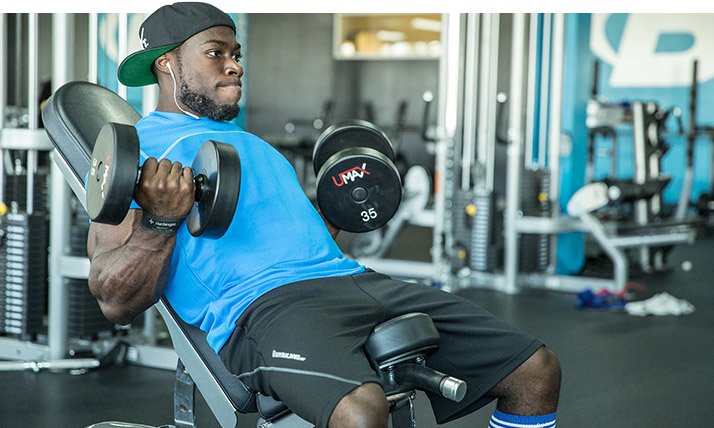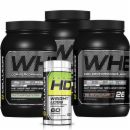The muscle you have now was earned one way. The muscle you don't have yet might play by a different set of rules entirely. Here's what they are!
You may have heard the term "muscle memory." What this means is that once you've properly trained your muscles to grow, they'll readily regrow after a cutting phase, or even a lengthy break due to life circumstances. Muscle, in other words, is smart. If it's been to a certain level once, it can find its way back.
However, when you're trying to grow or increase muscle mass beyond where you've been before, it's more challenging. To make these gains, it helps if you better understand how muscles "think." Too often, performance and physique athletes emphasize random, challenging training protocols without focusing on how and why muscles grow.
Once you understand the eight rules for building muscle tissue and incorporate them into your training program, you'll see results you'll never forget. I guess you could say that's another definition of "muscle memory."
1
CHANGE THE LITTLE THINGS OFTEN
No matter how effective a training style is, your body learns fast and stops further growth. Even negative reps—which spur growth by causing lots of damage to muscle fibers—can quickly become ineffective after just a few consecutive workouts.
When you perform the same workout over and over, muscle mass adapts to your training, and it eventually plateaus, which is another way of saying that it stops growing. Many people think they are "successful" if they crank out one more rep with a given weight, or lift 5 more pounds than they did the time before. But if that's the only approach you use, it's not efficient.

How to do it: Change up the variables from one workout to the next:rep ranges, time under tension, the weight you use, rest periods, picking similar-but-different exercises, and even duration of rest between sets. Always let your muscles know the overall goal, but keep them guessing about the details.
2
GIVE YOUR MUSCLES SPACE TO ADAPT
This rule may seem to contradict the previous one, but it's a necessary companion, a yin to the yang. You must stress muscle tissue to trigger growth, but then you must allow it to heal. After all, it's the healing process that ultimately creates the growth.
Don't leave this part up to chance or wait until you're burned out. Whether you're a performance, strength, or physique athlete, you must build recovery phases into your training. Otherwise, you'll never maximize muscle growth.
How to do it: No single body part should be maximally stressed more than 2-3 times a week—and three is an exception. Nor should you hammer a particular muscle group for more than about six weeks. Your whole body needs to recover from body-part-specific training too. Include at least one full rest day at least once a week. Every 2-3 months, take off an entire week.
3
DON'T REINVENT THE WHEEL WHEN IT COMES TO NUTRITION
While time is the greatest healer, proper nutrition is one of the most important factors in adding muscle tissue. What you eat provides the raw materials for growth.
I could provide you with some new-fangled, overcomplicated approach "guaranteed" to add 10 pounds of flesh in a week, but I won't. Just get enough of the right stuff, at the right time. It's not rocket science.

How to do it: The theory of the "anabolic window" has suffered some cracks in recent years, but post-workout is still as good a time as any to consume a shake with fast-digesting protein like whey protein. Also, consume plenty of healthy nutrients through multiple meals throughout the day. My recommendation for growth is 1.5 grams of protein per pound of lean body weight per day—every day. Don't miss a day.
4
CHANGE THE BIG THINGS EVERY ONCE IN A WHILE
Muscle tissue is smart. It figures out what you're trying to do pretty quickly. You can change the little things daily while keeping the big idea the same, but after about 6-8 weeks, the muscle will catch on. This is the point of diminishing returns, but too many people coast right by it and keep coasting through workouts they could do in their sleep.
This is why it's crucial to make a significant shift in your training program every 6-8 weeks or so. It's hard, because you'll have to change and actually learn new things, but it's definitely the best way.
How to do it: Go from a muscle-growth phase to a strength phase, to a ripping-up phase, to a cross-training phase, or to something else entirely. Just make sure to change the protocol every 6-8 weeks or so.
5
PERFORM FREE-WEIGHT EXERCISES FIRST
One of the ways to encourage growth is by forcing your muscles to deal with the multiple demands imposed by free weights. Not only do you have to lift the weight, but you also have to stabilize it with muscles other than the prime movers of the lift. Stabilizers are the often-tiny muscles that help keep your joints strong, and help prevent damage to tendons and ligaments. When you train with machines, you lose much of this stabilization component.
How to do it: After your warm-up, start your workout with free-weight movements. This is the most important work you'll do. Machine work can come afterward to add some volume and meet specific goals.
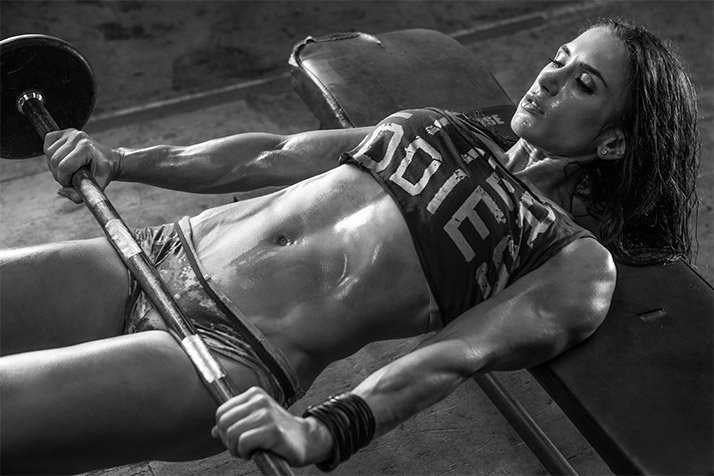
6
FOCUS ON FORM ABOVE ALL
Your muscles have friends called tendons and ligaments. You may only think about these guys when they're complaining, but their importance goes beyond avoiding injury. Your tendons must be healthy if you want to apply proper stress to muscle tissue. You can build muscle with sloppy form, but your connective tissues will eventually cry uncle, interrupting your relentless quest—and painfully so.
Your goal is to create stress to muscle tissue that can be repaired in a day or two—not to cause so much damage that you get injured. When you perform free-weight moves with proper form, you're strengthening, these crucial support structures rather than damaging them. That helps lead to greater muscle growth.
How to do it: Don't assume your form is perfect. It probably isn't. Plenty of people think their squat is just fine when...yeesh. Have someone take a look, and prepare yourself for criticism.
7
KNOW THAT THE MORE YOU HAVE, THE HARDER IT IS TO ADD
Muscles grow more slowly—much more slowly—than you probably desire. More bad news: Once you've added a significant amount of muscle tissue, it becomes even more challenging.
On the other hand, that's what makes working out so amazing. There are no shortcuts—or at least no legal ones. You need to pay your dues and put in your time, and then you can wear that added muscle like the badge of honor it is.
Change up the variables from one workout to the next: rep ranges, time under tension, the weight you use, rest periods, picking similar-but-different exercises,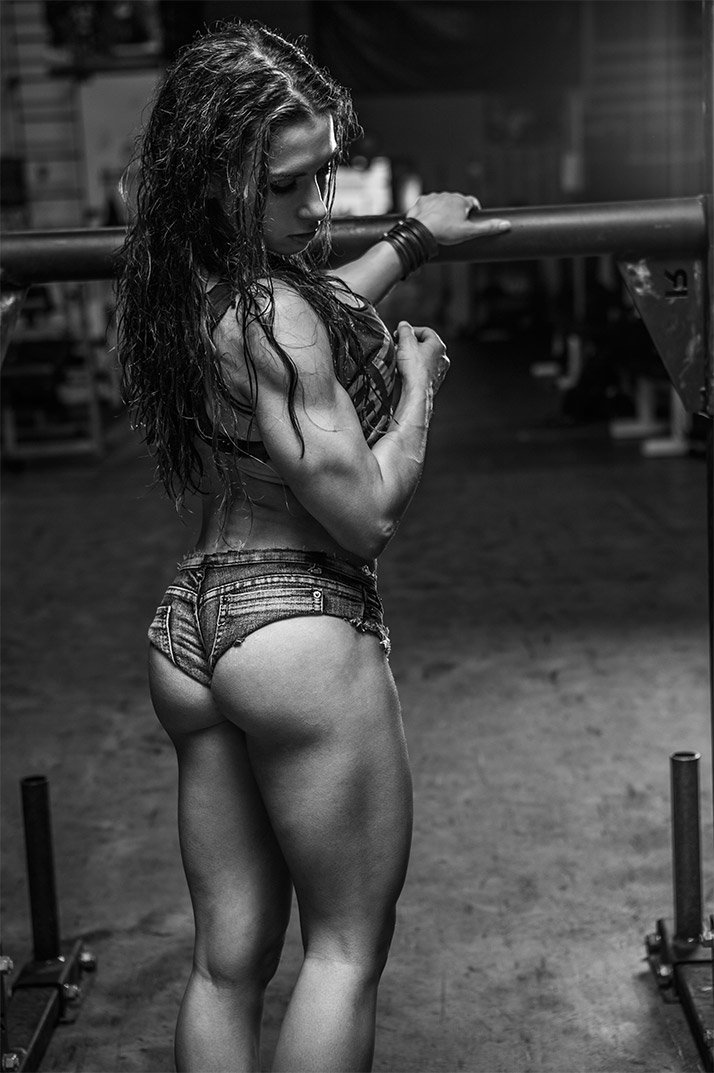
How to do it: Have patience, and stay disciplined. Keep going to the gym and performing challenging routines. Keep changing up the variables of your workouts like clockwork. When you start rushing, that's when you'll often suffer an injury that will set you way back. It's virtually impossible to train your entire life without getting injured, but you can avoid most injuries by training smart.
8
EMBRACE MUSCLE-BUILDING AS HEALTH-BUILDING
Many people will tell you that spending time in the gym to build muscle mass is superficial. Sure, having defined arms and strong legs make you feel great in the mirror or while you strut in your favorite outfit, that doesn't mean they're not important.
In addition to the health benefits you gain from the training process itself, simply carrying more muscle is healthy. Muscle tissue revs up your metabolic rate, helping your body prevent fat storage, and it also acts as extra armor you can rely on in times of extreme stress such as injury, illness and surgery. For seniors, more muscle mass is tied to a greater life expectancy—and greater ability to withstand what otherwise might be a life-changing event.
How to do it: Ignore the haters. Anyone who spends time trying to tear you down for your fitness success is the one with the psychological problem, not you. And it isn't your job to fix them. Ignore what they say, and hope that they'll one day see the light. When they do, you'll be standing there, heathy and strong, as an example to learn from

